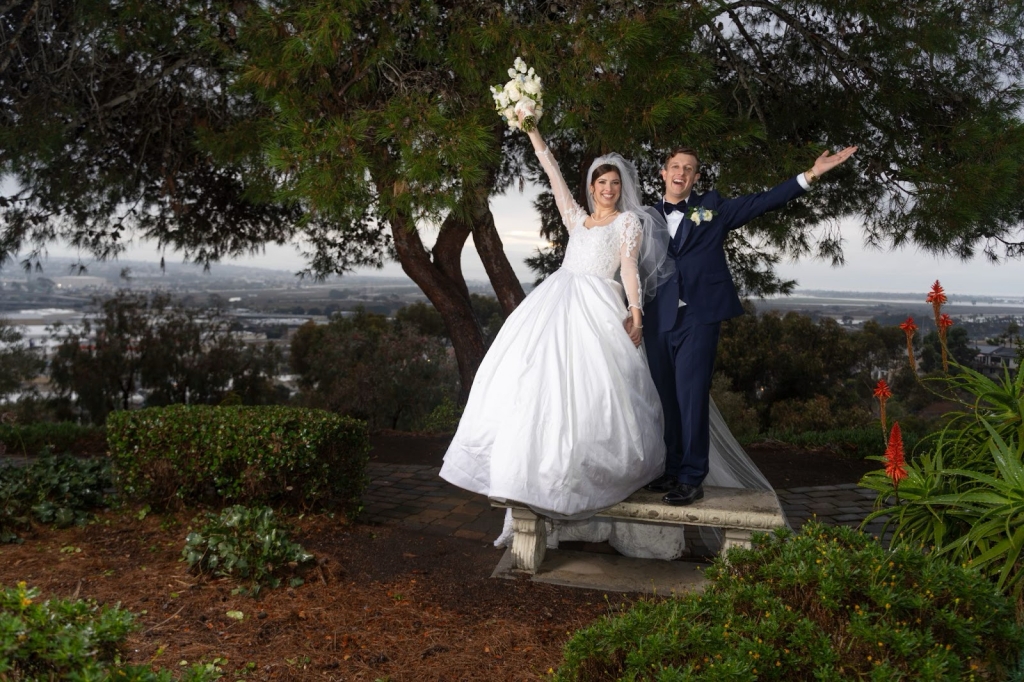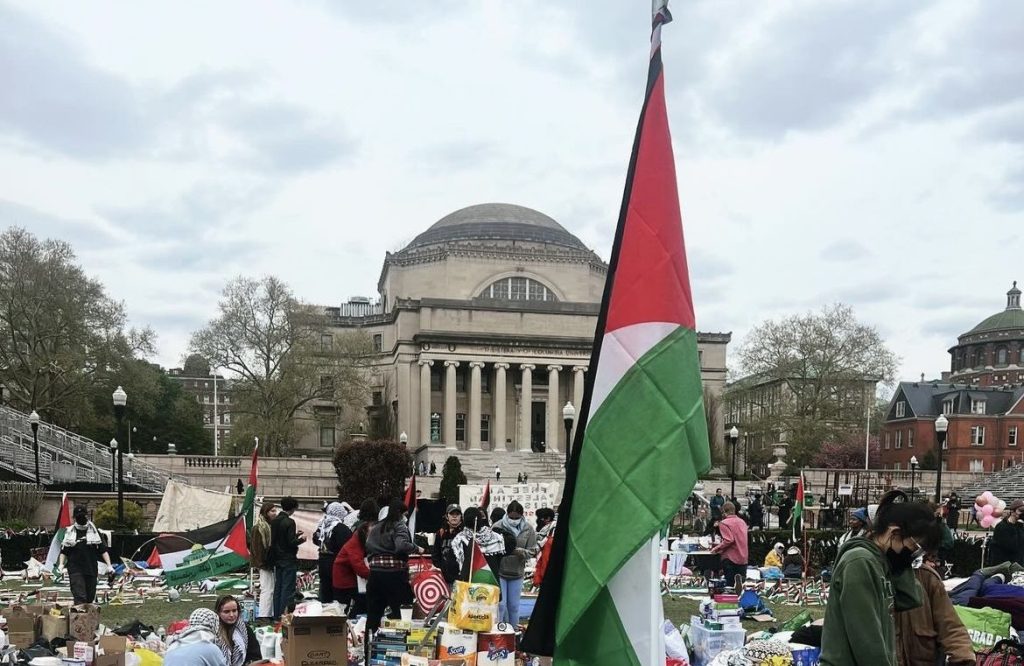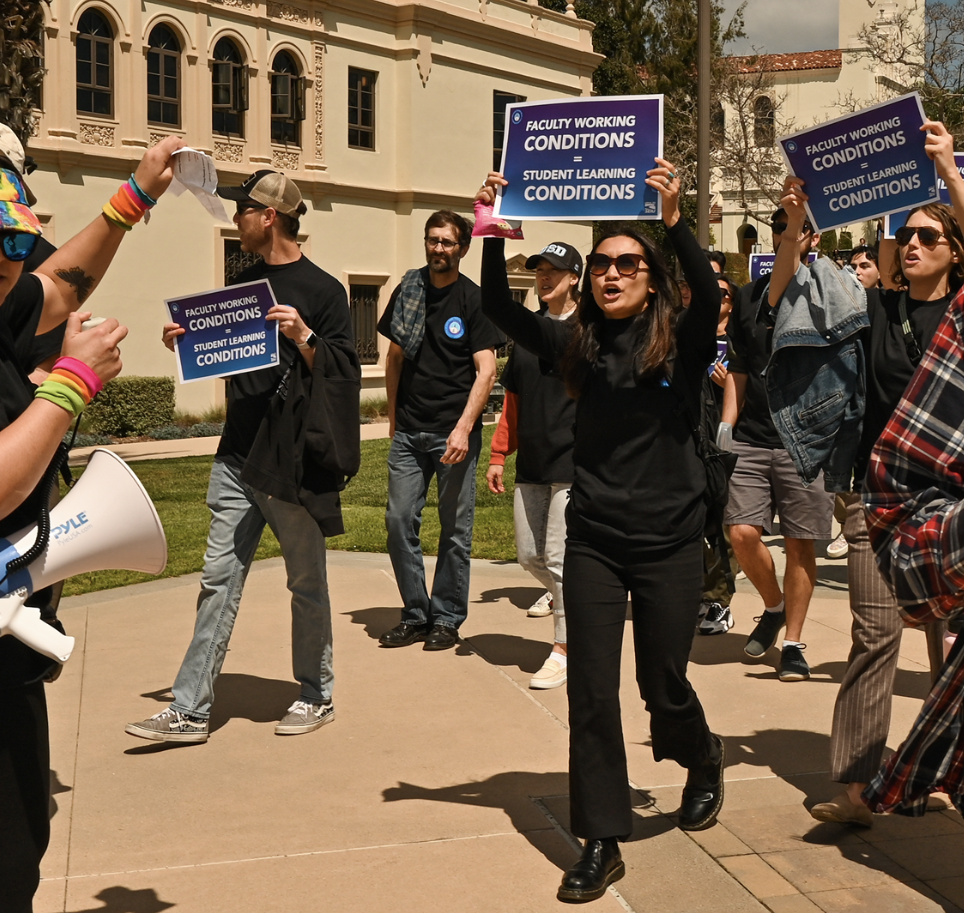Lili Kim / Asst. News Editor
Art is an opportunity to learn. This idea lies at the forefront of USD visual arts professor John Halaka’s artistic process. Halaka, who has been teaching at USD since 1991, has inspired students in countless drawing and painting classes. Yet, outside of the classroom, Halaka has been addressing human rights and justice issues in personal art projects since the 1980s.
Beginning in Sept. 2023, his exhibition titled, “Listening to the Unheard, Drawing the Unseen: Meditations on Presence and Absence in Native Lands” is on display at the Oceanside Museum of Art (OMA), which will run through Feb. 18, 2024.
As an emigrant from Egypt to the U.S. and the son of Palestinian and Lebanese parents, Halaka feels personally connected to the experience of living in a colonized world. Specifically, he became interested in the 1948 Palestinian displacement as a graduate student and began to research and create artwork that directly addressed resistance and displacement in the late 80s.

At first, Halaka’s work tackled these issues broadly and figuratively, drawing naked figures rather than identifiable people.
“I wanted to emphasize that this crisis is not unique to one person but a global issue,” Halaka said.
This idea is evident in “Stripped of their Identity and Driven from their Land” (1993), his 42×29 piece depicting displaced refugees using only rubber stamps of the words “forgotten” and “survivors”.
“It speaks of the process of being invisible… but also reappearing and asserting one’s presence,” Halaka said.
Wanting to create work that was more informed and personal, Professor Halaka traveled to Gaza, Palestine and Lebanon in the early 2000s to listen to the stories of the displaced people there. Living abroad transformed his work from anonymous figures to images of real people he interacted with, which directly inspired “Forgotten Survivors,” one of the projects on exhibit in the OMA. The project consists of portraits of Palestinian survivors, on which Halaka layered ink and rubber stamps to create an emotional and intimate experience with the viewer. The detailed line work and miniscule text of the stamped words, such as “RETURN,” allows the viewer to step into the story and share in the duality of pain and strength of the displaced population.

“These folks have lived their whole lives in refugee camps in utter despair, profound poverty, and deep humiliation,” Halaka said. “Yet they still maintain a tremendous amount of dignity and love for their families and communities. Yes, there’s bitterness, but they still manage to survive.”
Featured alongside “Forgotten Survivors” is another of Halaka’s projects titled, “Landscapes of Resistance,” which honors the work of Native American, African American and Palestinian scholars, artists, activists and migrant workers. The two drawings are composed on maps, including both the “road maps” of America and the “partition plan” maps of Palestine originating from the 1947 partition of Palestine.
“[The artwork] is about reasserting the presence of folks that have been made invisible on the land that has been stolen from them,” Halaka said.
The project speaks to not only the history of colonization in the U.S. and Palestine, but the current state of the world. In a world laden with conflict, violence and war, Halaka explained that his aim is to challenge the viewer, and push them to dig deeper.
“The hope is that the viewer will become curious, moved and engaged enough to find out more. My work is not going to give answers. At most, it will challenge preconceptions and [the viewer] will leave with a little anxiety, thinking, ‘Why didn’t I know about this? Who are these people?’”
Professor Halaka often shares with his students his mantra of art as a form of learning about oneself and the world around them. He explained, however, that this applies to not only the viewer, but the artist as well.
“As I’ve gotten older, I’ve accepted the fact that I’m not going to change the world, but I can change as me, expanding my ability to analyze a topic with clarity, honesty and rigor, and then make work that may get others to reflect on the topic in their own way.”
Some of Halaka’s students have already taken the drive up to see their professor’s work. One of these students is USD senior and visual arts major Melina Van Fleet.
“My first reactions to his work were that they are very emotional,” Van Fleet explained. “The technique is amazing… but it’s really about the power of the emotions that he captures and showing the trauma these refugees have been through.”
The exhibition is open to the public, Wednesday through Sunday, from 11 a.m. – 5 p.m. (and 8 p.m. on Fridays). The OMA will be hosting an exhibition celebration on Nov. 18, which Van Fleet encourages all USD community members to attend.
“I think everyone should see it and go into it with an open mind and understand that these are real people, and they deserve compassion.”
Art can be a way to express one’s own sentiments, such as Halaka pouring his family’s background and personal connections into his fight for human rights. But he shared his true intention is to share the stories of the silenced, and carry this conversation forward to other artists and art appreciators.





Leave a comment